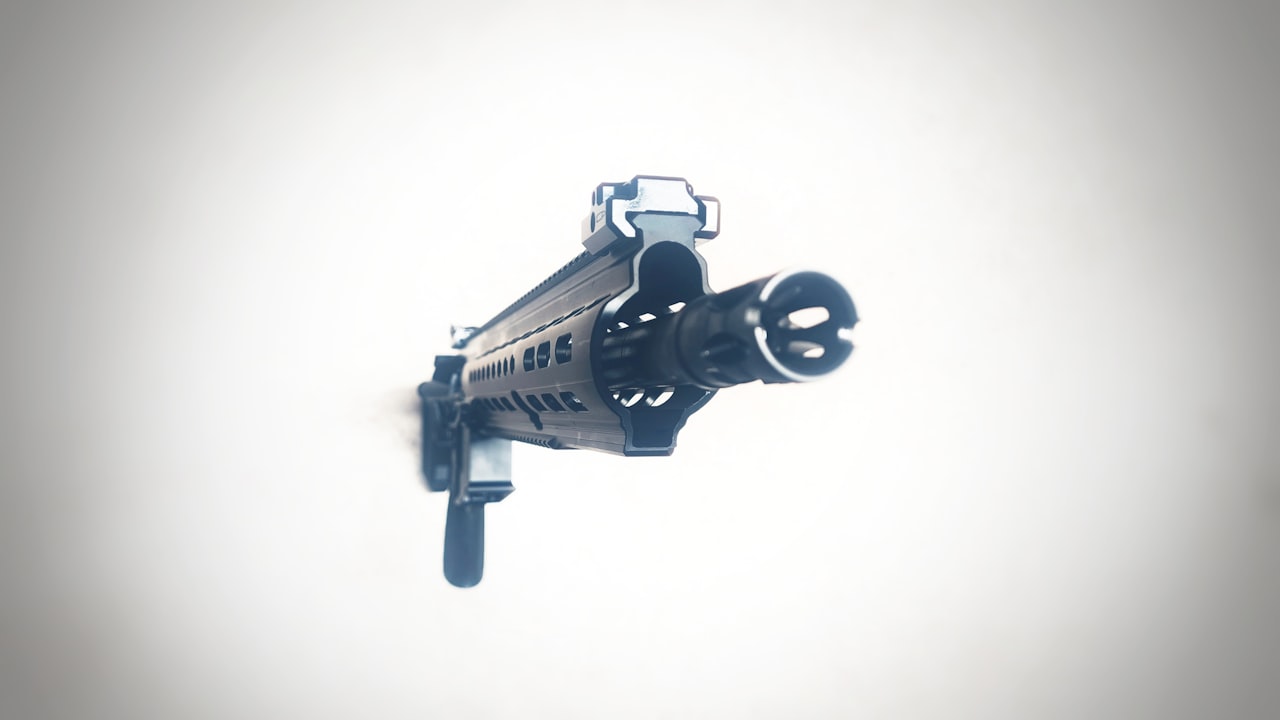The manufacturing of pressure cleaners worldwide has heightened due to the increased demand. They are mainly famous for their use outdoors, like for cars, sidewalks, decks, and bike cleaning. These machines are primarily associated with pressure levels, but other factors affect them too. Pressure is a crucial element as it determines how the water spray behaves and whether or not the dirt will come out. Nevertheless, you cannot focus on that only and rule out aspects like temperature. This extract looks at elements that affect the pressure washer cleaning process.
What affects the pressure washer cleaning process?
Several elements influence how a pressure washer operates when cleaning. These components keep changing based on the machine performance or the surface being worked on.
1. The pressure of the water
Pressure is created within the machine upon the restriction of water by the nozzle. A properly sized nozzle offers the best form of regulation, meaning the pressure is also suitable. However, some surfaces require high-pressure water, while others work well with low water pressure during cleaning. The high pressure helps remove stubborn dirt and oil or grease residues. A broad coverage water spray with low pressure is ideal for dust or loose dirt.
2. The temperature of the pressure washer water
It is a common technique designed to increase the pressure washer cleaning effect. It is expensive, and boilers used to provide high-temperature water are high maintenance. Ideally, hot water is used to melt oils and grease, unlike in the traditional method where it is first blasted with high pressurized col water, then a detergent is poured and left to dissolve the oils before washing.
When heated, high-temperature water of between 80-90 degrees Celsius is sent into the pressure washer from the boilers to break down the oil bonds before the blasting begins. The meeting makes the blasting process much easier and quicker, and the surface is later washed with soap till clean.
3. Detergent in the pressure washer
The use of soap to clean the surface is a good idea. Most pressure washers have soap compartments where you fill it up and are ready for use. The detergent comes out through the 65-degree nozzle since it has low pressure. This saves you the hustle of applying soap by hand, but it triggers the Venturi effect. The detergent has to go through the pump before leaving the machine.
In the process, it is diluted by a significant percentage. The dillusion affects its efficiency or working power instead of how powerful it would be if it were used directly from the bottle. It contributes to the use of more soap which is expensive to buy.
4. Cleaning time of the washer
Generally, pressure washers take a shorter time to clean compared to hand use. However, one with more pressure will remove dirt in lesser time than that which is less powerful. For example, a machine with a cleaning effect of 0.7 will take twice the time taken by one with a 1.5 cleaning effect.
Final words
Pressure washer cleaning is unbeatable as it has great benefits such as quick cleaning and efficient stain removal. The process is affected by several factors, such as those named above. Each one forces it to behave differently to give varying results. When using the machine, it is good to note each factor's effects and improve them if need be or manage the outcome.


